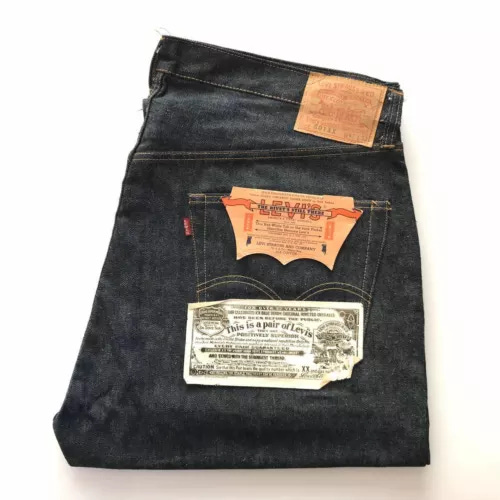How to build a product universe
Tactics of product-led branding
Welcome to the Sociology of Business. In my last analysis, Product-led branding, I explored what product-led branding is, what the parallels with product-led marketing there are, and how to use products to participate in cultural conversations. Buy my book The Business of Aspiration and find me on Instagram, Twitter, and Threads. With one of the paid subscription options, join Paid Membership Chat, and with the free subscription, join The General Chat on The Sociology of Business WhatsApp group.
In product-led branding, companies use their products to participate in cultural conversations. They are doing it through: a) reorganizing their product pyramid for the maximum market and cultural visibility and conversion; and b) by productizing its brand codes, aesthetics, styling, community, intellectual property, retail experience, history, wear stories. Both of these strategies create a product universe for a brand.
In this universe, brand’s all cultural and physical products come together: archives, hero products, content, capsules, collaborations, product reboots and sequels, branded experiences and experiential retail, merch, styling and events.
Though its product universe, a brand productizes emotion.
Hero products. In the product pyramid, Hero products have both the role of being the purest distillation of the brand creativity and innovation, a building block of a person’s wardrobe, and a cultural product: a fodder for collaborations, a character, a social object, a bridge between the heritage and the present.
Classics. Classics are a family of products that are repeatable and timeless wardrobe anchors, interpreted throughout the year in seasonal variations. Classics come to represent the brand beyond the hero product and are a foundation of one’s wardrobe.
Collectibles. Collectibles are high-priced version of a hero item or a classic, done in elevated materials and with a collaborator. They can also be a reissue of an archival item or part of a vintage/retro-inspired capsule.
Volume-drivers and margin-drivers. Selection of products that are going to drive margin, like collectibles, heroes, or collaborations, and those that are driving volume, like classics and collection.
Cultural products are created when a company productizes emotion around its products, retail, story, or community. It can productize associations, stories, history and intention behind the original items, innovation in design, materials, cultures, and contexts of wearing. For example, fandom productizes community, collaborations productize aesthetics or subculture, content productizes wear stories, customization productizes individual preferences, and brand codes productize identity. Each of these cultural products are how a company participates in culture. Together, they create a brand.
Merch productizes the experience around a product. It can be anything that is delivered with a product, like the Golden Goose Dust Bag (which is included in each
Keep reading with a 7-day free trial
Subscribe to The Sociology of Business to keep reading this post and get 7 days of free access to the full post archives.








